The firm's motorcycle-building division is massive: Its customers include commuters, enthusiasts, and racers. There is no one-size-fits-all solution, so Honda is exploring several technologies as it maps out its future range.
Some are so-called "commuter EVs" developed for markets where motorcycles are often used as a primary form of transportation. For personal use, Honda plans to introduce two commuter EV models between 2024 and 2025 in Asia, Europe and Japan.
Honda will also release four battery-powered bikes in the United States by 2025, but it's not giving up on gasoline-powered drivetrains yet and pledged to continue developing them in the coming years.
To design these EVs, Honda is taking a modular approach and plans to use in-house developed solid-state battery packs. In some Asian markets, it's investing in battery-swapping and -sharing centers so that riders don't need to wait for their bike to charge. For example, by late 2022 there will be launch of a aimed at rickshaw drivers service in India that builds off the success of the Bali, Indonesia center.
The company states that electric motorcycles are less expensive than gasoline-powered models, so they're not ideal for every market. The take rate largely depends on government regulations, tax incentives, and the charging infrastructure in a given country.
Bearing this goal in mind, Honda plans to construct engines that use less gasoline, some of which can run on a blend of gas and ethanol. In Brazil, it already sells motorcycles that are able to function with different types of fuel, and by 2023 there will be at least one model available in India.
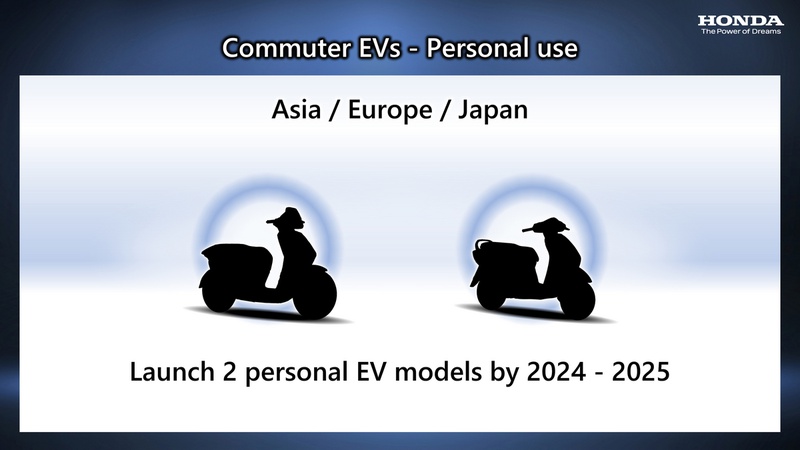


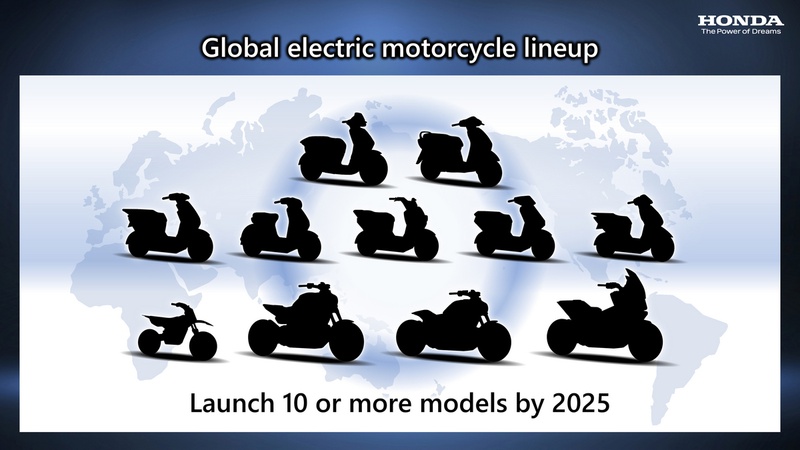
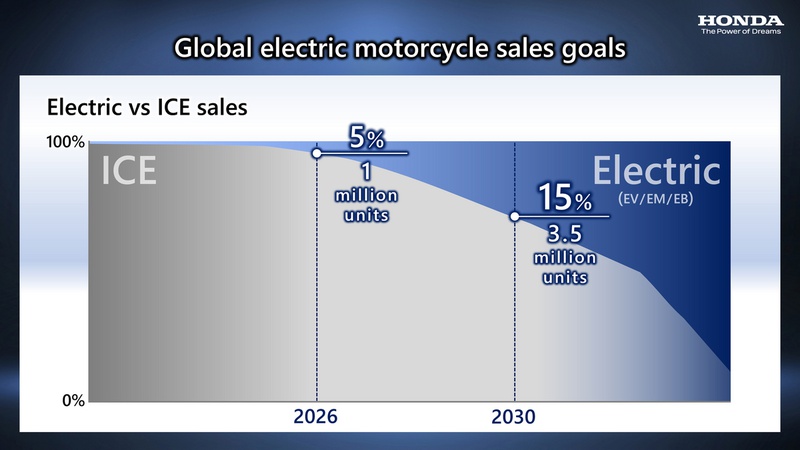
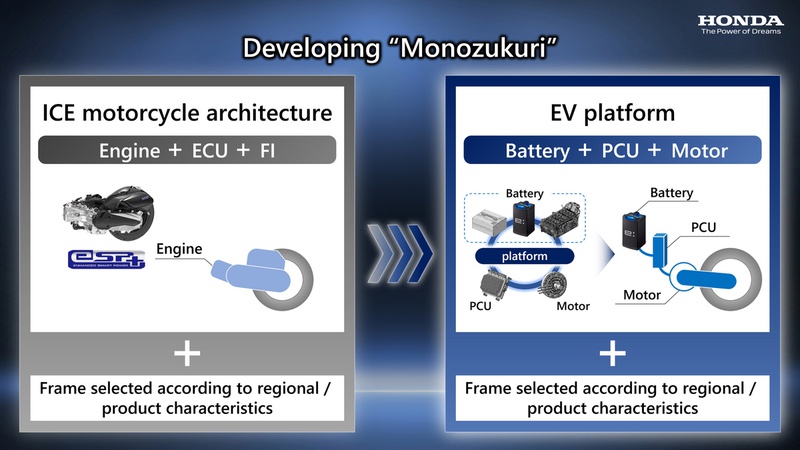
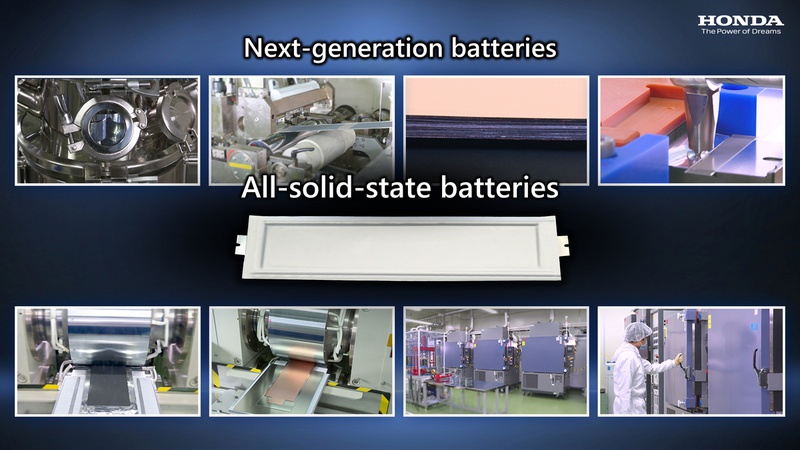
Source: Honda

